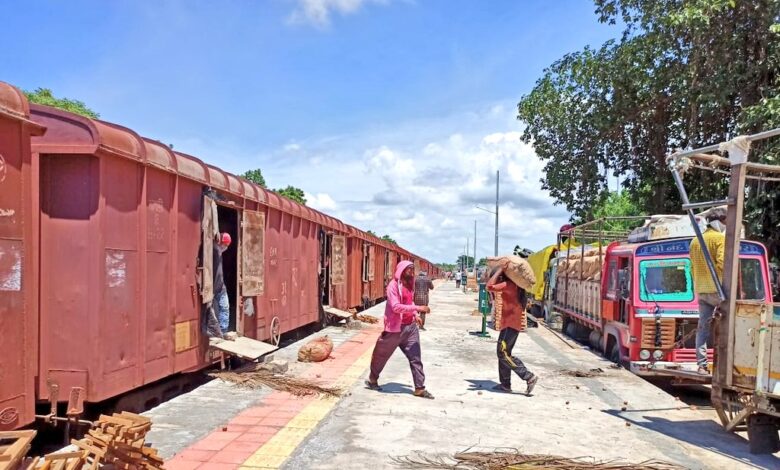Artificial Intelligence-Powered System to Detect Unloadable Wagons Introduced by East Central Railway Mechanical Department

In a groundbreaking move, the East Central Railway (ECR) Mechanical Department has unveiled a specification for an Artificial Intelligence-assisted Camera-based Wagon Damage Assessment System (AI-CWDAS). This innovative system aims to revolutionize the detection of “embedded empties” within rakes of BOXN and BOXN-HL type wagons and their variants.
The AI-CWDAS is designed to identify “embedded empties,” referring to wagons that become unloadable due to various damages, as outlined in the specification. While in-situ repairs are commonly conducted, some wagons suffer such extensive damage that they are beyond repair in yards or sidings, leading to significant revenue losses when they are ultimately transported as “embedded empties.”
This groundbreaking specification focuses on detecting unloadable or irreparable wagons, specifically those of the BOXN and BOXN-HL types and their variants. By utilizing AI-assisted camera technology, the AI-CWDAS will be installed at a strategic location prior to the yards or sidings. This proactive approach will enable early identification of damaged wagons, allowing for either repairs with additional resources or the replacement of unfit wagons.
To maintain a cost-effective solution, the specification limits its scope to these two types of wagons, which constitute the majority of the ECR system. Additionally, the specification outlines specific defects that the AI-CWDAS should detect, ensuring its effectiveness.
Key Technical Requirements and Features of AI-CWDAS:
- The AI-CWDAS system must be capable of detecting various defects and damages that render wagons unloadable, including missing or broken door channels, top corners, top coping, floor sheets, floor channels/crossbars, body pillars, body channels/panels, and body bulges exceeding 15 inches.
- The system must operate at train speeds up to 30 km/h, in all weather conditions, and at any time of day, as long as the wagons are visible to the camera.
- It should generate comprehensive inspection reports within 30 minutes after the passage of an entire train or rake.
- The AI-CWDAS system must be modular, self-diagnostic, and capable of running 24/7 without human intervention. It should also include alert management software and graphical analysis tools for defect detection.
- The system’s reliability parameters will be tested and gradually improved upon, ensuring it achieves a 95% accuracy rate within nine months of commissioning.
- It should be capable of automatically detecting approaching trains, switching on relevant sensors, monitoring defects during train motion, transmitting data and alarms, and conserving electrical power by turning off sensors when not in use.
- The system must be equipped with necessary lights and self-cleaning mechanisms to function effectively in dusty conditions.
Installation and Maintenance:
- The AI-CWDAS system will be installed at a specified location, and the tenderer is encouraged to inspect the site before quoting.
- The successful bidder will provide a maintenance plan, including comprehensive maintenance for three years after the warranty period.
Payment Terms and Eligibility Criteria:
- Payments will be made in installments based on successful installation and achieving specified reliability parameters.
- To be eligible, the tenderer must have supplied a similar system for monitoring in-motion equipment and provide documentary evidence.
The introduction of this AI-powered system represents a significant advancement in railway operations, aiming to reduce revenue losses caused by unloadable wagons while improving overall efficiency and safety in rail transportation. The ECR’s innovative approach showcases the potential of AI technology in the transportation sector and sets a precedent for its adoption across the Indian Railways network.




